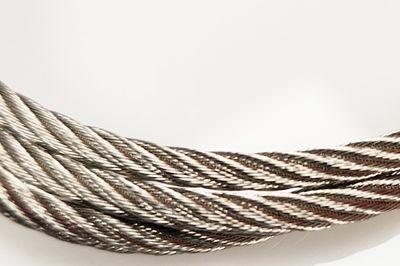The office, once a simple workspace, has evolved into a multifaceted environment that significantly impacts how we work and interact. From its early inception to the contemporary collaborative spaces, the 오피스타 has undergone a remarkable transformation, shaping not only our professional lives but also our social dynamics and overall well-being.
Historical Evolution
The concept of an office can be traced back to ancient civilizations where administrative tasks were conducted in designated areas. However, it was during the Industrial Revolution that the modern office began to take shape. With the rise of corporations and bureaucracies, office spaces became essential hubs for conducting business and managing paperwork.
The 20th century witnessed significant changes in office design and functionality. The introduction of typewriters, telephones, and eventually computers revolutionized how work was conducted. The traditional cubicle layout dominated office spaces, emphasizing individual workstations and hierarchical structures.
Transition to Modern Workspace
In recent decades, the office landscape has undergone a paradigm shift. Technology has played a pivotal role, enabling remote work capabilities and altering the traditional office setup. Open floor plans, flexible seating arrangements, and collaborative spaces have become prevalent, fostering communication and teamwork among employees.

